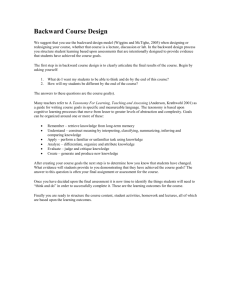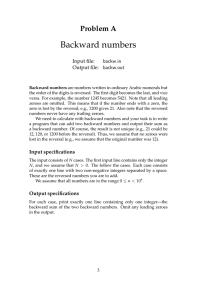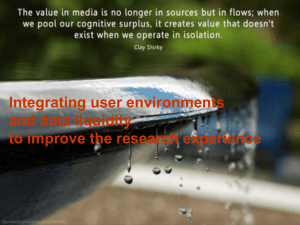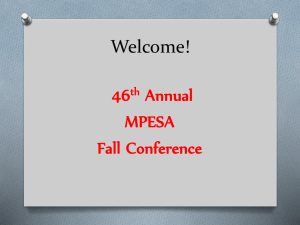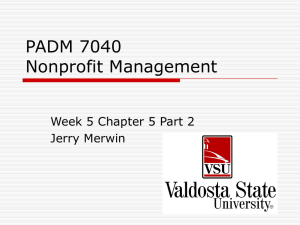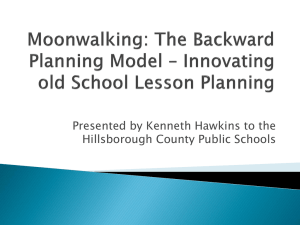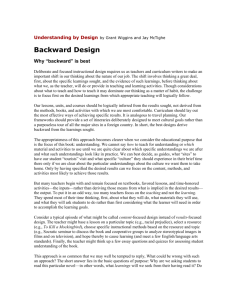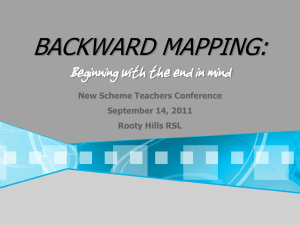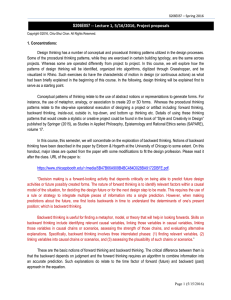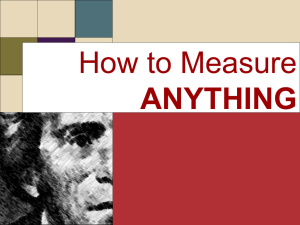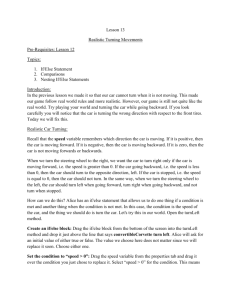Backward Planning
advertisement
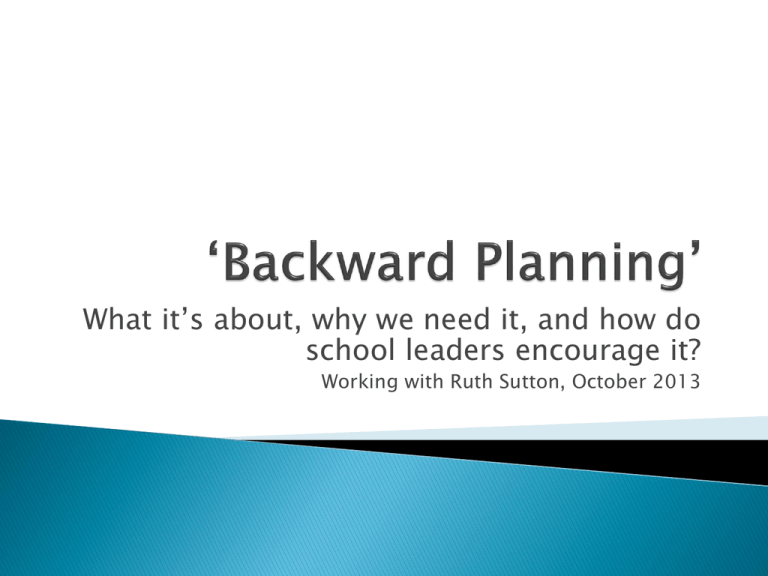
What it’s about, why we need it, and how do school leaders encourage it? Working with Ruth Sutton, October 2013 Understanding the process of ‘backward planning’ in the curriculum Discovering how ‘instructional leadership’ really works, in this context Checking out all the available resources Enabling and encouraging teachers to work collaboratively: Why? How? Developing skills and confidence in your own school: designing a PD ‘process’, using ‘backward planning’ Sustaining the focus in the longer term Identifying most effective next steps, in school, for your Division, and for mRLC In a small group… Share your understanding of ‘backward planning’ and how it works Draw a picture, or a diagram, to illustrate it What questions do you, or your teachers, have about it? Fight the urge to plan too much detail too soon Teachers – and leaders too - step back and take a long look at the curriculum requirements, for a whole grade level Consider the total of content, skills and approaches expected/required for that year long program Break the whole into ‘chunks’ and decide their size and order 1. 2. 3. Big learning goals: what do we want the students to learn, ie. content knowledge, skills and ‘behaviours’? (Don’t go straight to what the students are going to do) Evidence of learning: what will we look for to show that these expected outcomes have been achieved? How will students be involved in developing and understanding these criteria? Assessment activities: how will students be enabled and encouraged to provide this evidence, and get feedback to decide their next steps? Assessments must be as valid (ie..accurate) and reliable (ie. consistent/fair) as possible (ie. manageable) 4. 5. Teaching: what teaching and learning activities will enable and encourage students to learn and practice the desired skills and content? How will these activities be differentiated? Starting point: how will the students’ prior learning be identified and built upon, and previous misconceptions be rectified? More ‘evidence’ doesn’t necessarily mean better evidence: what matters is ‘sufficiency’ The quality – validity and reliability – is more important than the quantity of data about student learning The question is not ‘How much evidence can we manage?’ but ‘How little evidence do we need?’ Validity (accuracy) Reliability Best fit Manageability and ‘Credibility’ (fairness) 1. 2. 3. Teachers need help to design ‘valid’ assessment activities Shared professional judgment is much more important than individual professional judgment Teachers who are unsure of their evidence will try to gather too much Enable and encourage their teachers to share their interpretations of the ‘outcome’. I call this process ‘moderation’. This process is time-consuming, needs careful management and has a huge payoff for students (greater clarity), teachers (greater confidence) and parents (better information) 1. 2. 3. 4. 5. 6. 7. Choose some outcomes to focus on Share what we think the outcomes mean Find ‘neutral’ examples of these outcomes in practice, at various levels Discuss what ‘levels/standards’ the examples represent Design and agree a ‘shared assessment’ around these outcomes Try it out and bring back examples of student work Discuss the outcomes and ‘standards’ in this work www.mRLC.ca, follow links to Tools The backward planning template The ‘essential outcomes’ A sample Science unit From what you know already, and have heard from me, and have seen on the mRLC website….. Go back and add to the picture/diagram you started with, and add or amend where necessary What issues and questions still remain? 26 studies, of which 11 were chosen as most useful to decide the leadership activities most associated with improving student learning and achievement Each activity was identified, and its ‘effect size’ showing how important it was Decide the priority order for these factors, from least to most influential for improved student learning o Strategic resourcing o Planning, co-ordinating and evaluating teaching and the curriculum o Ensuring an orderly and supportive environment o Promoting and participating in teacher learning and development o Goal setting o o o o o Ensuring an orderly and supportive environment (0.27) Strategic resourcing (0.34) Goal setting (0.35) Planning, co-ordinating and evaluating teaching and the curriculum (0.42) Promoting and participating in teacher learning and development (0.84) What’s the ‘big idea’ and the desired learning outcomes for teachers in your school? What would/could the evidence of teachers’ learning be? How, when and by whom would this ‘evidence’ be gathered and assessed? What will teachers need to learn and practice to be able to demonstrate this evidence? How will you differentiate? What about the resources you might need, groupings etc? What about ‘structure’ for this PD? How will you check teachers’ prior learning and experience? How will you engage and motivate the teachers throughout this process? Be prepared to present this plan another group! Backward planning is not an ‘initiative’ : it raises questions all the stages of teaching… How teachers plan their ‘units’ How they ‘differentiate’ and include as many students as they can How they engage and motivate their students How they find and judge the evidence of learning How they ‘record’ their assessments How they describe and report student achievement ‘Initiatives’ sound and feel different from year to year Teachers and Principals complain about ‘initiative overload’, lose sight of the big picture, and what’s fundamentally important SO..What other school priorities do you have? What’s on your ‘front burners’? How do these priorities link together? Do they have ‘indicators’ in common? How might these ‘overlaps’ make your implementation plans more effective or efficient? Aspect of teaching…… ……………… .. … ‘initiative’ Implementing new curriculum Differentiation Supporting vulnerable learners ……………….. ……………… Planning with the end in mind Teacher collaboration Classroom assessment Developing student resilience Backward planning Sharing the work More ‘reliable’ and consistent Focus on learning skills 3 level planning Sharing resources More accurate diagnosis Year to year continuity Welldesigned appropriate assessment developing student ‘growth mindset’ We learn to teach mainly through experience Our teaching and leadership styles reflect our personal approach: what we do is a reflection of who we are Habits are notoriously hard to change The neo-cortex: useful for academic assignments The reptilian brain: useful for basic instincts The limbic brain: useful for changing habits The practices of teaching, schooling and leadership are deeply ingrained or ‘hard-wired’ Habits are formed and changed in the limbic brain not the neo-cortex They can only be changed through the limbic brain Pre-contemplation Contemplation First step Discomfort and floundering Practice Confidence New habit Coach someone else The Weight-watchers model for improving teaching, and leadership, involves: Big, important, agreed goals Small steps and continual feedback Perseverance Collegial support and accountability Recognition of success Think about your own school/role 1. 2. 3. 4. 5. What have we already achieved in implementing the outcomes - based curriculum in our classrooms? What’s still to do? What will be the ‘indicators’ of progress? What are your one or two next steps – no more – between now and the end of this term? Who needs to do what, with whom and by when? Explain why you’ve made these choices and decisions Ask and answer good questions about these decisions Be prepared to amend and improve Very careful listening Open questions designed to make the other person reflect, not just to seek information Clear achievable next steps Share what you’re planning to do. Consider – what might help us achieve these changes? What might be the barriers to these changes? What could get in your way? How might you deal with these potential roadblocks? Consider - what you will need more help with, in the January session, and in March Keep in touch. If I can help, I wil Email exit slips to lorimtighe@gmail.com Sutton.ruth@gmail.com Twitter: @ruthsutton www.ruthsutton.co.uk
